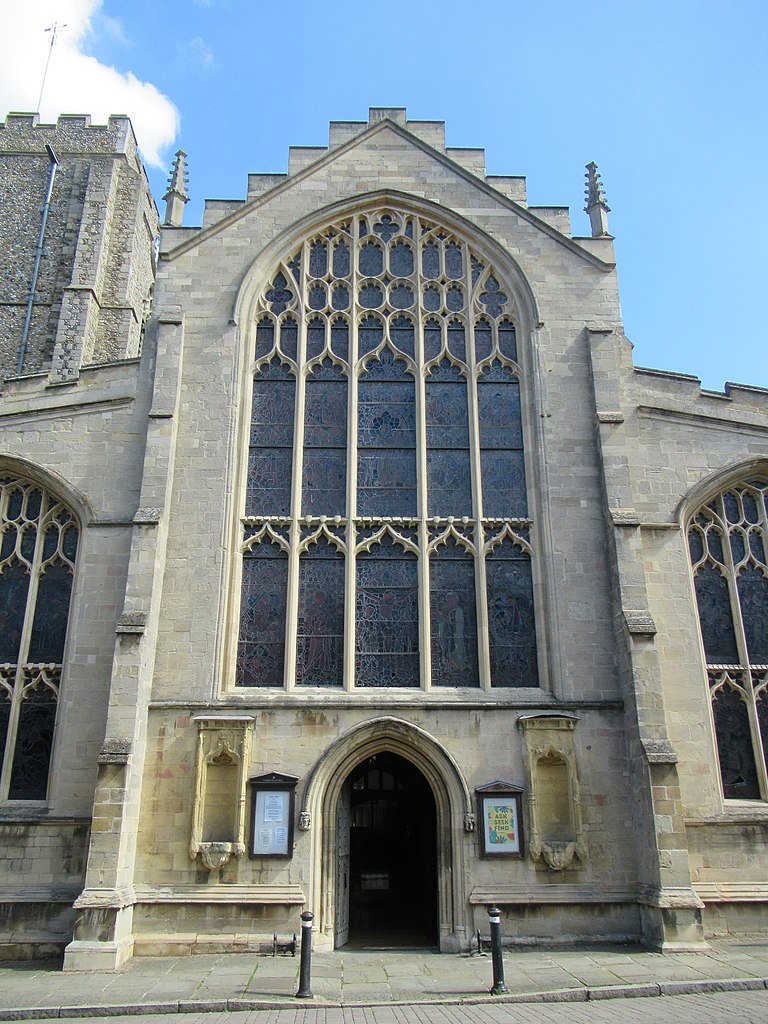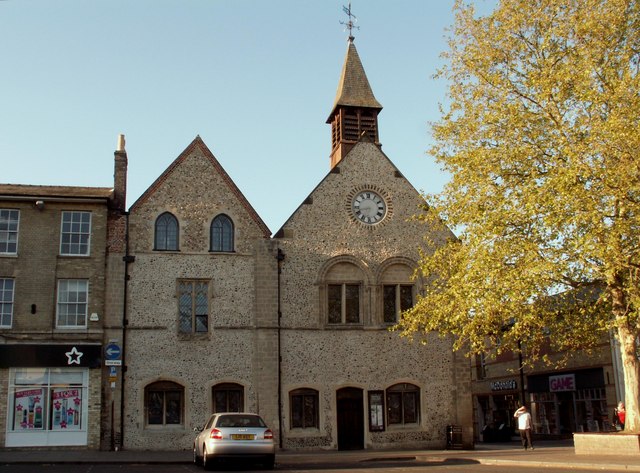One of several jewels in Suffolk’s crown and, according to the 19th-century writer William Cobbett, ‘the nicest little town in the world’, Bury St Edmunds has received much admiration over the years for its quintessentially English appeal.
Boasting fascinating Anglo-Saxon history, an unhurried, old-fashioned pace and a rich array of Georgian and Victorian architecture, this cobblestoned town is the perfect place to spend a weekend.
What to see and do in Bury St Edmunds
Explore the gardens of St Edmund’s Abbey
St Edmund’s Abbey is little more than an appealing ruin these days, having been destroyed at the time of the Dissolution, but the pleasant Abbey Gardens, created in 1831 with flower beds and ornamental trees, that occupy its former grounds provide a restful space to wander and contemplate the time when the site may have been the East Anglian equivalent of Glastonbury.

The River Lark flows through the gardens – a river as picturesque as its name suggests. Strolling along its banks and seeing the extent of the ruins it is astonishing to realise just how large the original abbey church must have been before it was destroyed during the reign of Henry VIII. A model of how the abbey complex would once have looked can be seen in the gardens.
All that remains intact of the original complex are St Mary’s Church south of the gardens, which was also once part of the abbey complex, and two gatehouses: Abbey Gate (the main entrance into the gardens, which was formerly the secular entrance to the abbey used by servants) and the earlier Norman Gate, which served as the gateway into the abbey church and St Edmund’s shrine, and which still serves as the belfry of St Edmundsbury Cathedral.
Marvel at St Edmundsbury Cathedral
St Edmundsbury Cathedral, with its intricate, angel-bedecked hammerbeam roof, started life in the 15th century as the Church of St James and was only granted cathedral status in 1914 – to form one of a quartet of cathedrals in East Anglia alongside Norwich, Ely and Peterborough. In keeping with the myth of the protective wolf, the bishop’s throne has details of wolves guarding St Edmund.
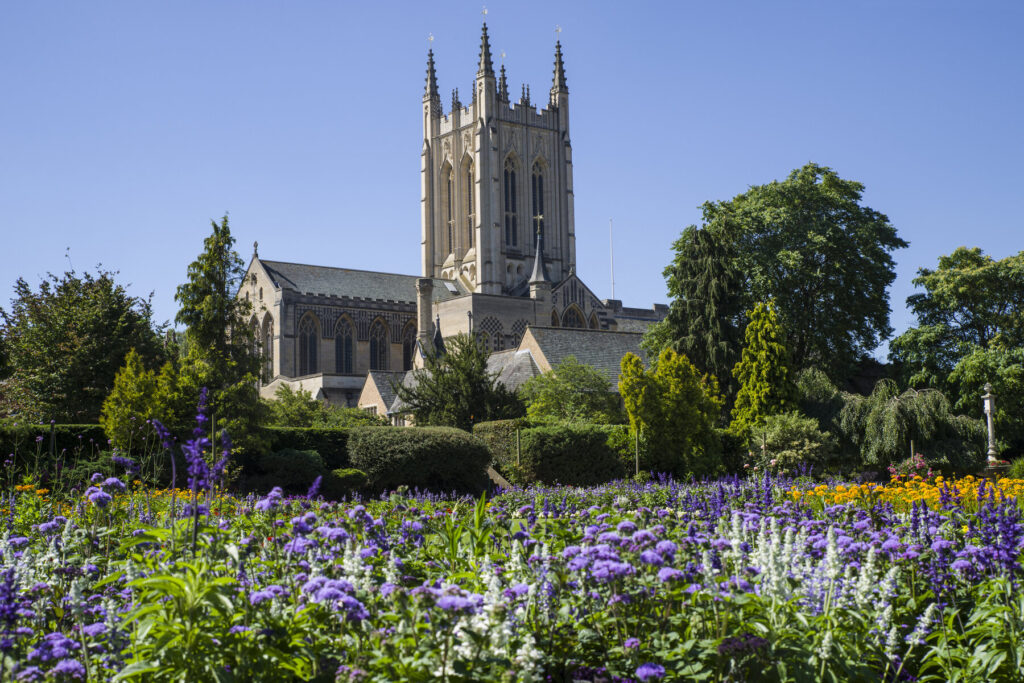
The cathedral was extended in the 1960s and commemorated with a fanfare specially composed by Benjamin Britten. A Gothic-style tower was added as part of a millennium project in 2005. A modernist bronze statue of St Edmund by the sculptor Elisabeth Frink stands just outside the cathedral; accompanying this is, appropriately enough, an iron wolf.
Take in the intricate detailing of St Mary’s church
St Mary’s, the parish church just to the south, with another hammerbeam roof, poppyhead pews and 11 pairs of flying angels, is even finer than the town’s cathedral according to the discerning eye of Simon Jenkins, who describes St Mary’s as being ‘left like Cinderella up the road, rather forlorn’.
The church’s stained glass is probably its most immediately striking feature, especially the west window, which is the largest in any English parish church and was paid for by local landowners in thanks for a bumper harvest in 1854. The chancel arch has a window in the form of a pilgrim’s badge that shows Edmund being killed with arrows. For a modern take on the Saxon king’s martyrdom, head for the Risbygate Street roundabout where you can see a modern sculpture of woven stainless steel that depicts Edmund trussed in captivity, punctured by Viking arrows.
Learn about the town’s history at Moyse’s Hall Museum
The Moyse’s Hall Museum on Cornhill at the top of Butter Market is widely believed to be one of the oldest stone-built domestic buildings in the country. Built sometime around the end of the 12th century, it is something of a mystery why it was constructed of imported flint and limestone rather than the cheaper and far more readily available wood normally used. It was probably done as a show of wealth, and quite a lavish one considering that materials had to be brought from quarries far away.
It’s a now museum, with interesting Bronze Age, Anglo-Saxon and Roman exhibits, but has served as a prison, a police station and a workhouse in the past. The collection relating to the notorious Red Barn Murder at nearby Polstead is well worth seeing for those who have a taste for the macabre.
Have a tipple at the Greene King Brewery
Modern-day, secular Bury St Edmunds owes as much to brewing as to anything else and the Greene King Brewery has stood in the town since 1799. There’s a museum and a shop on site, and brewery tours can be arranged in advance.
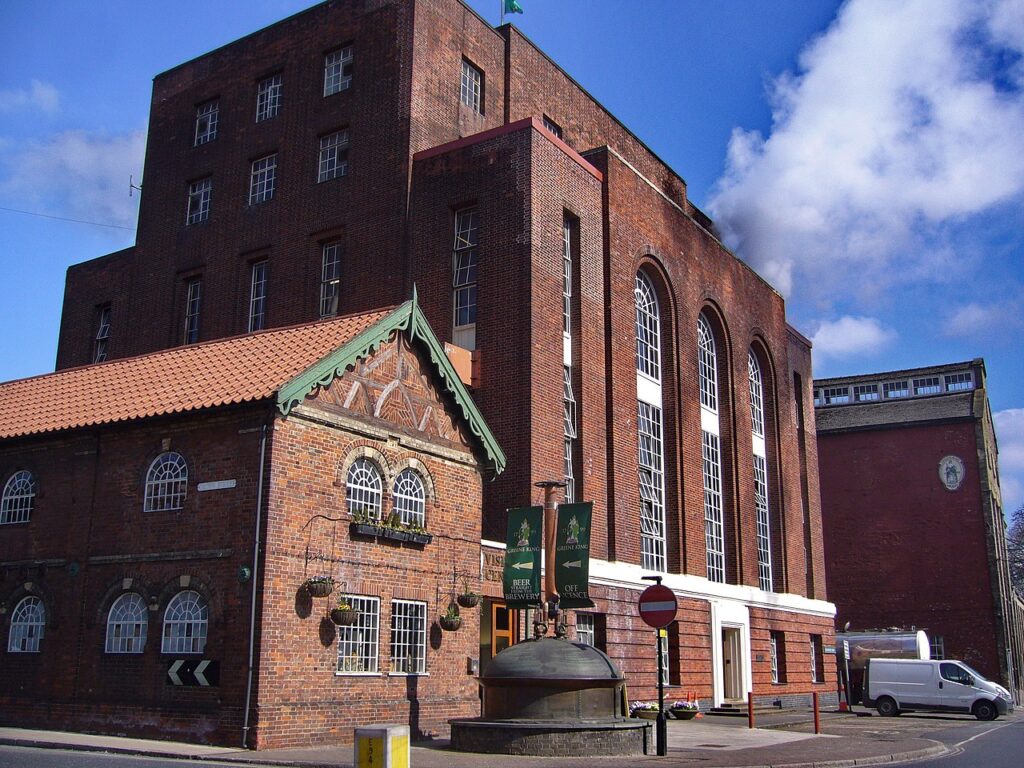
The brewery, which did admirably to maintain its real ale business through the lean times of the 1970s, has grown in recent years to become the largest British-owned brewery in the country.
Indulge in a spot of shopping at the town’s market
In addition to the glitzy modern shops found at the the town’s shopping centre, The Arc, Bury St Edmunds also has plenty of opportunities for more traditional market shopping. The rectangular square around the Corn Hall is filled with traders and shoppers on Wednesday and Saturday market days and is the best place in town to buy fresh fruit and vegetables.
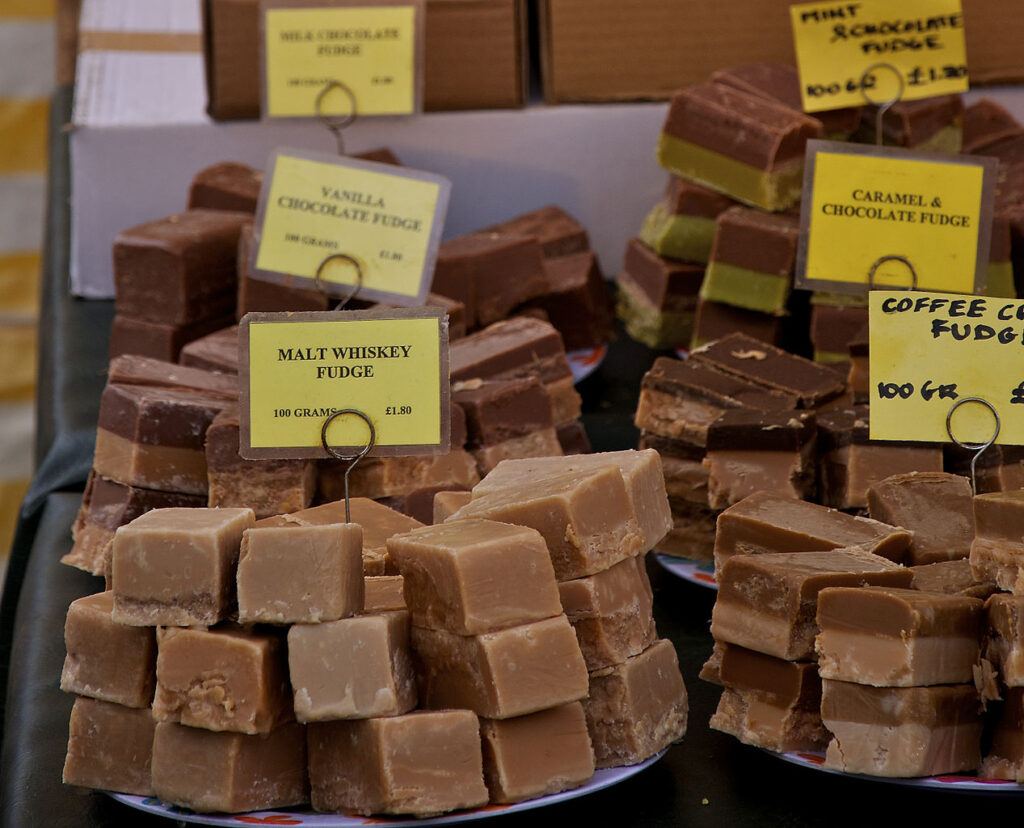
For those less interested in purchasing local produce, a visit to the market remains an enjoyable activity for anyone hoping to get a taste of small-town life.
Where to eat and drink in Bury St Edmunds
The Nutshell
You may well be tempted to have a drink in what is claimed to be the second smallest pub in Britain. The Nutshell was not always just a pub: in the late 19th century it was also billed as a ‘Museum of Art and Curiosities’, with a display of old musical instruments, works of art in ivory and cardboard and even a dead cat.
There’s a choice of Greene King ales of course, but no food – it’s far too small to have a dining area or even much elbow space. Don’t attempt to swing a cat, especially the one hanging above the bar.
The Angel Hotel
The revamped bar and restaurant at this Bury institution serves modern British food created by award-winning chefs and cooked using local ingredients that include venison from the Denham Estate and Blythburgh pork. The prices are reasonable considering the excellent quality of the dishes and the hotel is also a good place to set up camp for the weekend.
Harriet’s Café Tearooms
A quintessential English weekend would be incomplete without a spot of afternoon tea. Head to to this quaint café for old-fashioned service and surroundings that, although perhaps a little self-conscious, are charming nevertheless. A live pianist is often present to provide a musical background.
More information
For more information on Bury St Edmunds, check out Laurence Mitchell’s guide to Suffolk:
